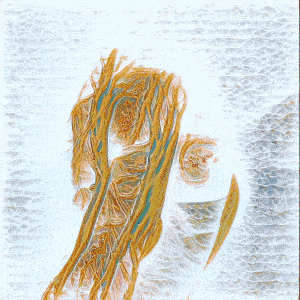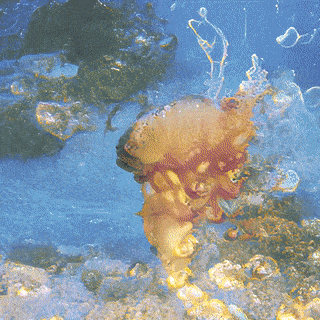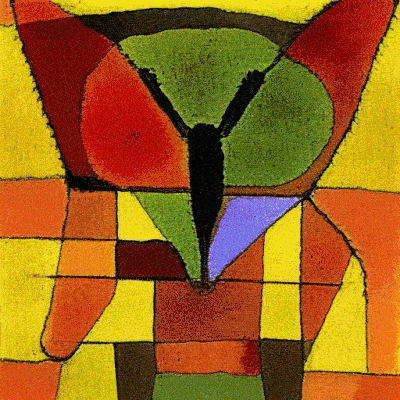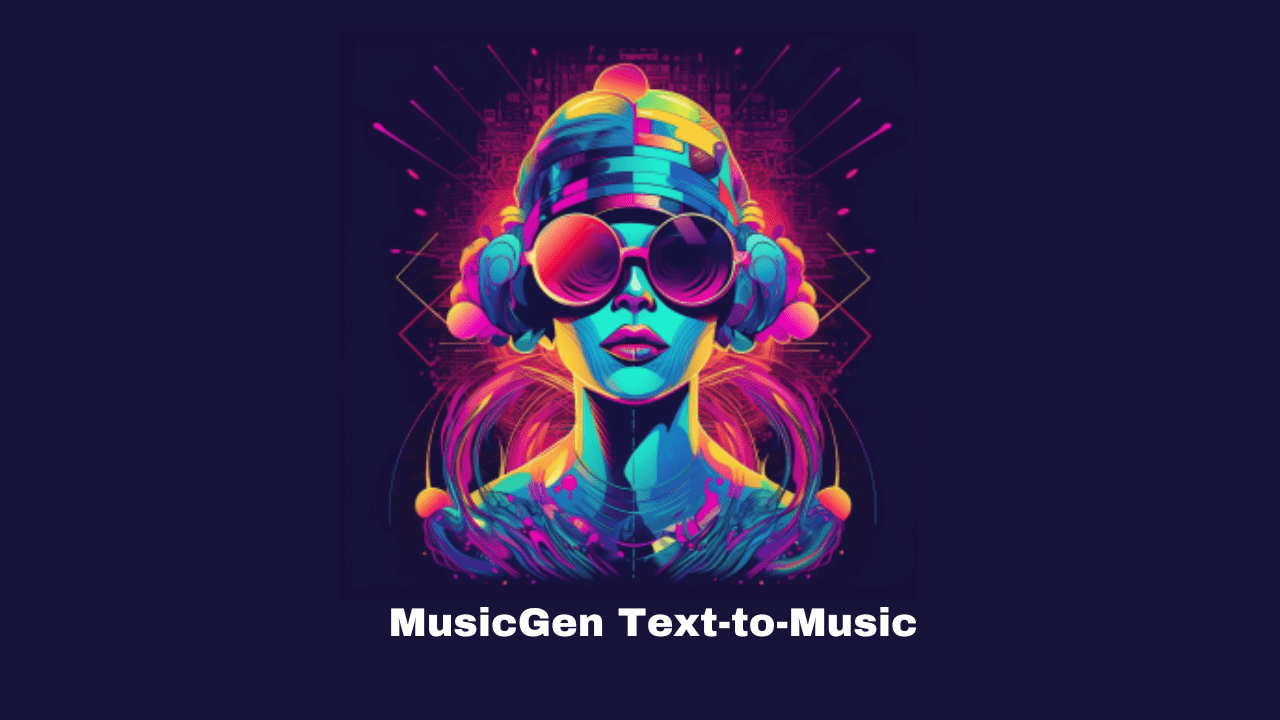lucid-sonic-dreams
Maintainer: pollinations

4

| Property | Value |
|---|---|
| Model Link | View on Replicate |
| API Spec | View on Replicate |
| Github Link | View on Github |
| Paper Link | No paper link provided |
Get summaries of the top AI models delivered straight to your inbox:
Model overview
Lucid Sonic Dreams is an AI model created by Pollinations that syncs GAN-generated visuals to music. It uses the NVLabs StyleGAN2-ada model with pre-trained weights from Justin Pinkney's consolidated repository. This model is similar to other audio-reactive generation models like Lucid Sonic Dreams XL, Music Gen, Stable Diffusion Dance, and Tune-A-Video from the same creator.
Model inputs and outputs
Lucid Sonic Dreams takes in an audio file and a set of parameters to control the visual generation. The key inputs include the audio file, the style of the visuals, and various settings to control the pulse, motion, and object classification behavior of the generated imagery.
Inputs
- Audio File: The path to the audio file (.mp3, .wav) to be used for the visualization
- Style: The type of visual style to generate, such as "abstract photos"
- Frames per Minute (FPM): The number of frames to initialize per minute, controlling the rate of visual morphing
- Pulse Reaction: The strength of the visual pulse reacting to the audio
- Motion Reaction: The strength of the visual motion reacting to the audio
- Truncation: Controls the variety of visuals generated, with lower values leading to less variety
- Batch Size: The number of images to generate at once, affecting speed and memory usage
Outputs
- Video File: The final output video file synchronized to the input audio
Capabilities
Lucid Sonic Dreams is capable of generating visually striking, abstract, and psychedelic imagery that reacts in real-time to the input audio. The model can produce a wide variety of styles and visual complexity by adjusting the various parameters. The generated visuals can sync up with the pulse, rhythm, and harmonic elements of the music, creating a highly immersive and mesmerizing experience.
What can I use it for?
Lucid Sonic Dreams can be used to create unique and captivating music visualizations for live performances, music videos, or atmospheric installations. The model's ability to generate diverse, abstract imagery makes it well-suited for creative and experimental projects. Additionally, the model's use of pre-trained StyleGAN2 weights means it can be easily extended to generate visuals for other types of audio, such as podcasts or ambient soundscapes.
Things to try
One interesting aspect of Lucid Sonic Dreams is its ability to react to different elements of the audio, such as percussive or harmonic features. By adjusting the pulse_react_to and motion_react_to parameters, you can experiment with emphasizing different aspects of the music and see how the visuals respond. Additionally, the motion_randomness and truncation parameters offer ways to control the level of variation and complexity in the generated imagery.
This summary was produced with help from an AI and may contain inaccuracies - check out the links to read the original source documents!
Related Models

lucid-sonic-dreams-xl

2
lucid-sonic-dreams-xl is a AI model developed by pollinations that generates visuals synchronized to music. It uses the NVLabs StyleGAN2 model and pre-trained weights from Justin Pinkney's consolidated repository to create unique and dynamic visuals that respond to the rhythm and harmony of the input audio. This model builds on similar efforts like music-gen and bark from the same creator, exploring the intersection of generative AI and music. Model inputs and outputs lucid-sonic-dreams-xl takes an audio file as input and generates a synchronized video output. The model allows users to customize various parameters like the visual style, motion reactivity, and randomness to fine-tune the generated visuals. Inputs Audio File**: Path to an audio file (.mp3, .wav) to be used as input Model Type**: Which pre-trained StyleGAN2 checkpoint to use, such as "imagenet (XL)" Style**: The visual style to apply, such as "abstract photos" Truncation**: Controls the variety of visuals generated, with lower values leading to less variety Pulse React**: The strength of the visual pulsing reaction to the audio Motion React**: The strength of the visual motion reaction to the audio Pulse React To**: Whether the pulse should react to percussive or harmonic elements Motion React To**: Whether the motion should react to percussive or harmonic elements Motion Randomness**: The degree of randomness in the visual motion Outputs Video File**: A generated video file synchronized to the input audio Capabilities lucid-sonic-dreams-xl can create visually striking and dynamic videos that respond to the rhythm and mood of the input audio. The model is capable of generating a wide variety of abstract, generative visuals that flow and morph in sync with the music. Users can experiment with different styles, reactivity settings, and motion parameters to achieve their desired aesthetic. What can I use it for? lucid-sonic-dreams-xl could be used to create mesmerizing music videos, visualizers, or generative art installations. The model's ability to create unique, algorithmic visuals that respond to audio input makes it a powerful tool for artists, designers, and musicians looking to explore the intersection of music and visual art. The model could also be used in more commercial applications, such as creating dynamic backgrounds for live performances or procedurally generating visuals for video games or other interactive experiences. Things to try One interesting aspect of lucid-sonic-dreams-xl is the ability to experiment with the different motion and pulse reactivity settings. By adjusting the "Pulse React", "Motion React", and their corresponding "React To" parameters, users can create visuals that respond to different elements of the music, such as the percussive beats or the harmonic structures. This allows for a wide range of creative expressions, from visuals that tightly sync to the rhythm to more abstract, fluid movements that capture the overall mood and atmosphere of the audio.
Updated Invalid Date

stable-diffusion-dance

5
stable-diffusion-dance is an audio reactive version of the Stable Diffusion model, created by pollinations. It builds upon the original Stable Diffusion model, which is a latent text-to-image diffusion model capable of generating photo-realistic images from any text prompt. The stable-diffusion-dance variant adds the ability to react the generated images to input audio, creating an audiovisual experience. Model inputs and outputs The stable-diffusion-dance model takes in a text prompt, an optional audio file, and various parameters to control the generation process. The outputs are a series of generated images that are synchronized to the input audio. Inputs Prompts**: Text prompts that describe the desired image content, such as "a moth", "a killer dragonfly", or "Two fishes talking to each other in deep sea". Audio File**: An optional audio file that the generated images will be synchronized to. Batch Size**: The number of images to generate at once, up to 24. Frame Rate**: The frames per second for the generated video. Random Seed**: A seed value to ensure reproducibility of the generated images. Prompt Scale**: The influence of the text prompt on the generated images. Style Suffix**: An optional suffix to add to the prompt, to influence the artistic style. Audio Smoothing**: A factor to smooth the audio input. Diffusion Steps**: The number of diffusion steps to use, up to 30. Audio Noise Scale**: The scale of the audio influence on the image generation. Audio Loudness Type**: The type of audio loudness to use, either 'rms' or 'peak'. Frame Interpolation**: Whether to interpolate between frames for a smoother video. Outputs A series of generated images that are synchronized to the input audio. Capabilities The stable-diffusion-dance model builds on the impressive capabilities of the original Stable Diffusion model, allowing users to generate dynamic, audiovisual content. By combining the text-to-image generation abilities of Stable Diffusion with audio-reactive features, stable-diffusion-dance can create unique, expressive visuals that respond to the input audio in real-time. What can I use it for? The stable-diffusion-dance model can be used to create a variety of audiovisual experiences, from music visualizations and interactive art installations to dynamic background imagery for videos and presentations. The model's ability to generate images that closely match the input audio makes it a powerful tool for artists, musicians, and content creators looking to add an extra level of dynamism and interactivity to their work. Things to try One interesting application of the stable-diffusion-dance model could be to use it for live music performances, where the generated visuals would react and evolve in real-time to the music being played. Another idea could be to use the model to create dynamic, procedural backgrounds for video games or virtual environments, where the visuals would continuously change and adapt to the audio cues and gameplay.
Updated Invalid Date

tune-a-video

2
Tune-A-Video is an AI model developed by the team at Pollinations, known for creating innovative AI models like AMT, BARK, Music-Gen, and Lucid Sonic Dreams XL. Tune-A-Video is a one-shot tuning approach that allows users to fine-tune text-to-image diffusion models, like Stable Diffusion, for text-to-video generation. Model inputs and outputs Tune-A-Video takes in a source video, a source prompt describing the video, and target prompts that you want to change the video to. It then fine-tunes the text-to-image diffusion model to generate a new video matching the target prompts. The output is a video with the requested changes. Inputs Video**: The input video you want to modify Source Prompt**: A prompt describing the original video Target Prompts**: Prompts describing the desired changes to the video Outputs Output Video**: The modified video matching the target prompts Capabilities Tune-A-Video enables users to quickly adapt text-to-image models like Stable Diffusion for text-to-video generation with just a single example video. This allows for the creation of custom video content tailored to specific prompts, without the need for lengthy fine-tuning on large video datasets. What can I use it for? With Tune-A-Video, you can generate custom videos for a variety of applications, such as creating personalized content, developing educational materials, or producing marketing videos. The ability to fine-tune the model with a single example video makes it particularly useful for rapid prototyping and iterating on video ideas. Things to try Some interesting things to try with Tune-A-Video include: Generating videos of your favorite characters or objects in different scenarios Modifying existing videos to change the style, setting, or actions Experimenting with prompts to see how the model can transform the video in unique ways Combining Tune-A-Video with other AI models like BARK for audio-visual content creation By leveraging the power of one-shot tuning, Tune-A-Video opens up new possibilities for personalized and creative video generation.
Updated Invalid Date

music-gen

13
music-gen is a text-to-music generation model developed by the team at pollinations. It is part of the Audiocraft library, which is a PyTorch-based library for deep learning research on audio generation. music-gen is a state-of-the-art controllable text-to-music model that can generate music from a given text prompt. It is similar to other music generation models like musicgen, audiogen, and musicgen-choral, but it offers a unique approach with its own strengths. Model inputs and outputs music-gen takes a text prompt and an optional duration as inputs, and generates an audio file as output. The text prompt can be used to specify the desired genre, mood, or other attributes of the generated music. Inputs Text**: A text prompt that describes the desired music Duration**: The duration of the generated music in seconds Outputs Audio file**: An audio file containing the generated music Capabilities music-gen is capable of generating high-quality, controllable music from text prompts. It uses a single-stage auto-regressive Transformer model trained on a large dataset of licensed music, which allows it to generate diverse and coherent musical compositions. Unlike some other music generation models, music-gen does not require a self-supervised semantic representation, and it can generate all the necessary audio components (such as melody, harmony, and rhythm) in a single pass. What can I use it for? music-gen can be used for a variety of creative and practical applications, such as: Generating background music for videos, games, or other multimedia projects Composing music for specific moods or genres, such as relaxing ambient music or upbeat dance tracks Experimenting with different musical styles and ideas by prompting the model with different text descriptions Assisting composers and musicians in the creative process by providing inspiration or starting points for new compositions Things to try One interesting aspect of music-gen is its ability to generate music with a specified melody. By providing the model with a pre-existing melody, such as a fragment of a classical composition, you can prompt it to create new music that incorporates and builds upon that melody. This can be a powerful tool for exploring new musical ideas and variations on existing themes.
Updated Invalid Date